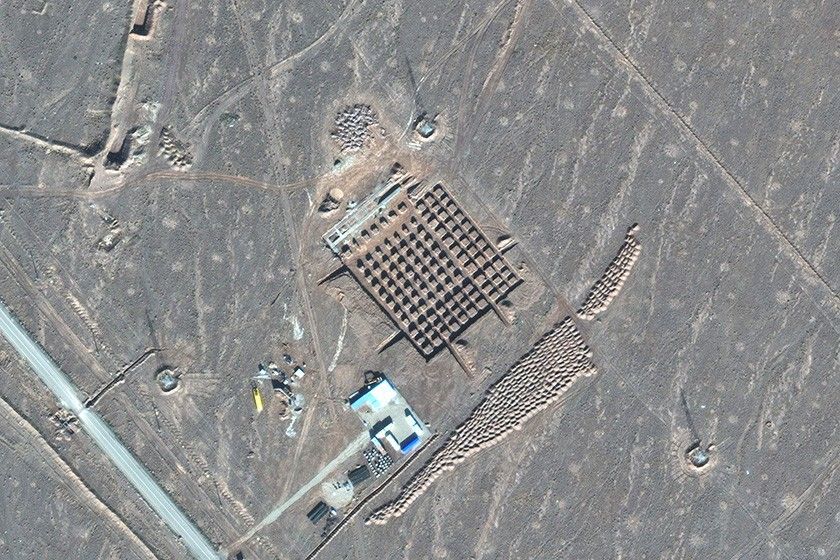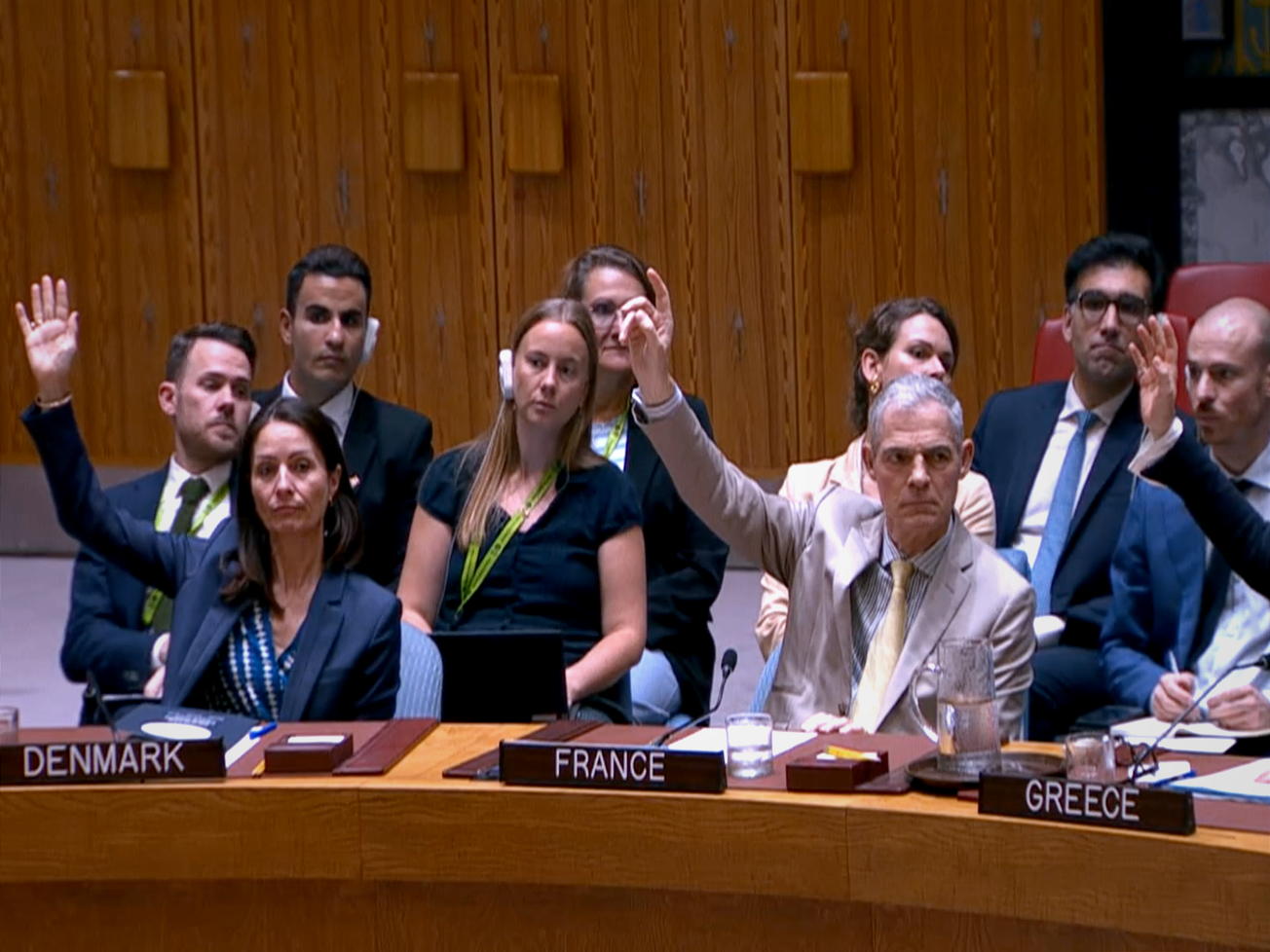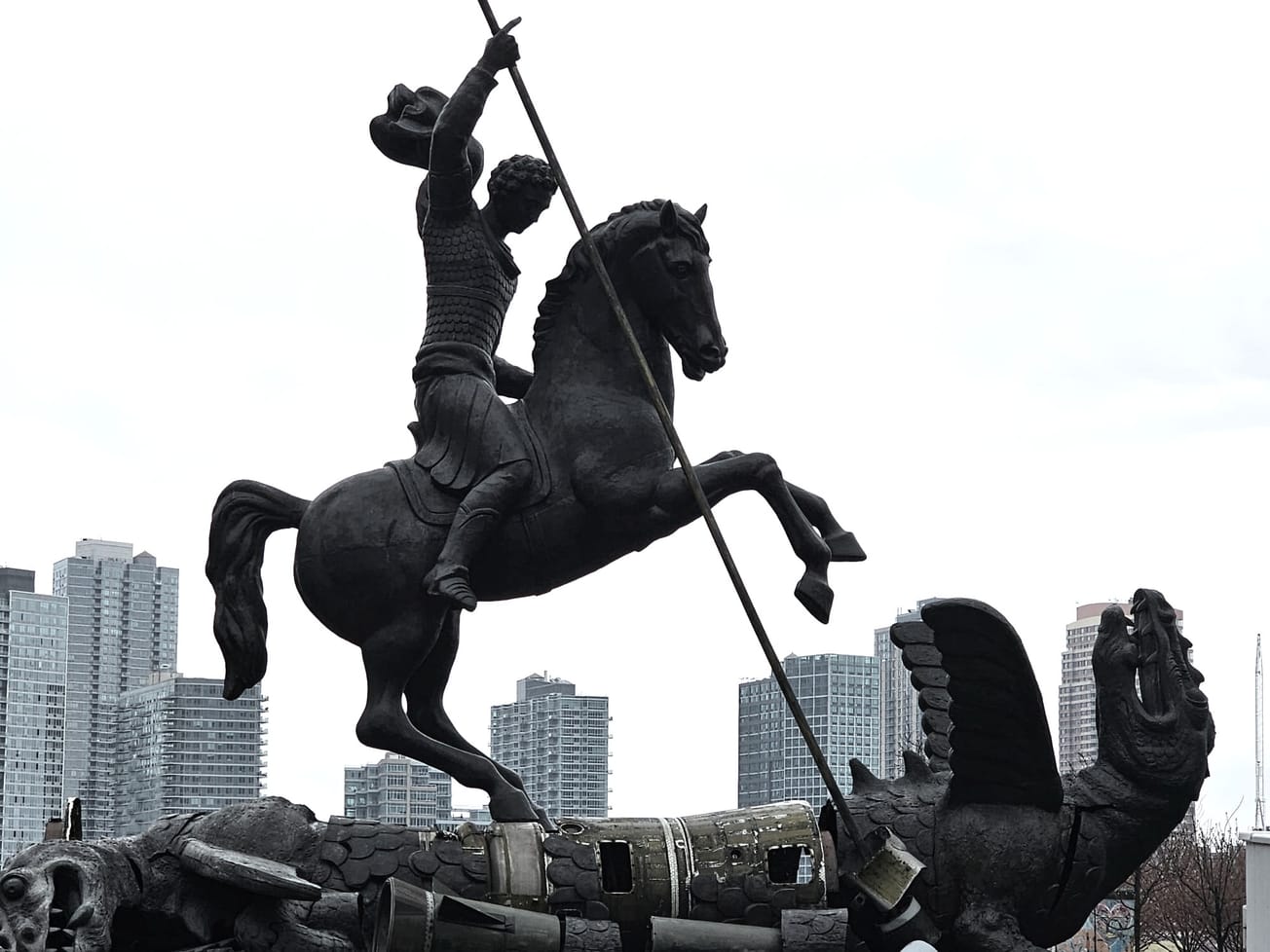VIENNA (AN) — Iran resumed enrichment of uranium to 20% on Monday in a move closer to weapons grade levels and further away from the 2015 nuclear deal, raising pressure on incoming U.S. President Joe Biden's administration.
Tehran said it notified the International Atomic Energy Agency of the developments. IAEA, the Vienna-based U.N. nuclear watchdog agency, has monitored Iran's compliance with the nuclear deal, known as the Joint Comprehensive Plan of Action, or JCPOA.









